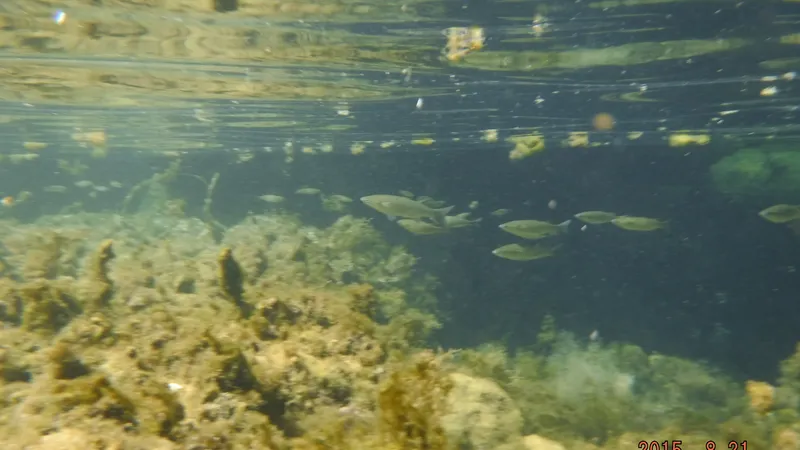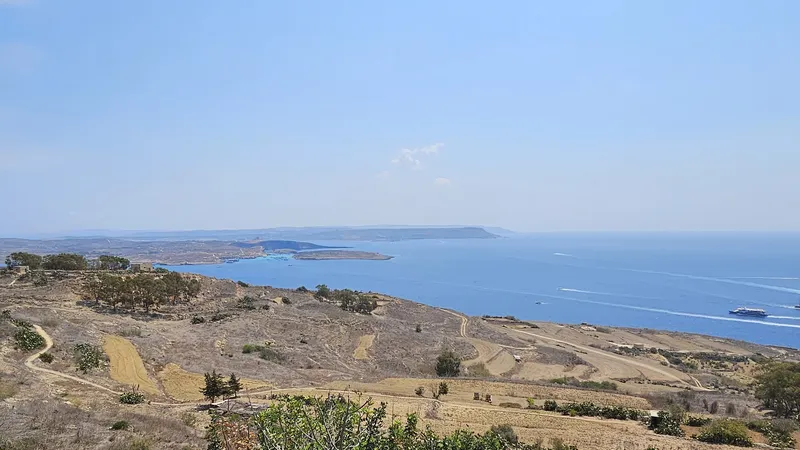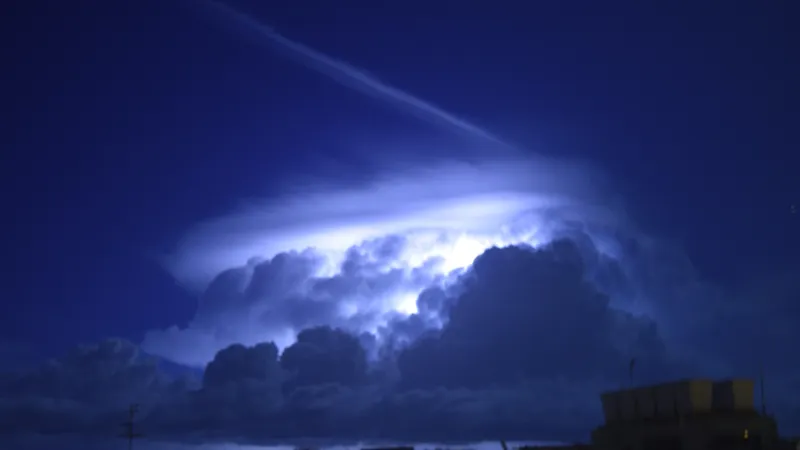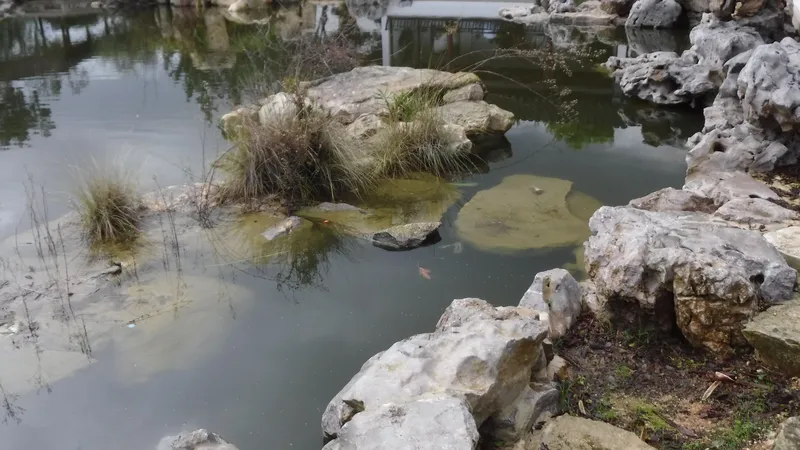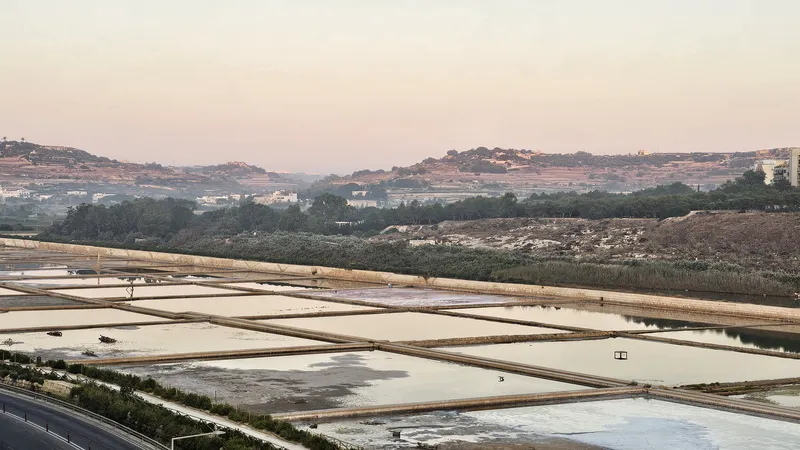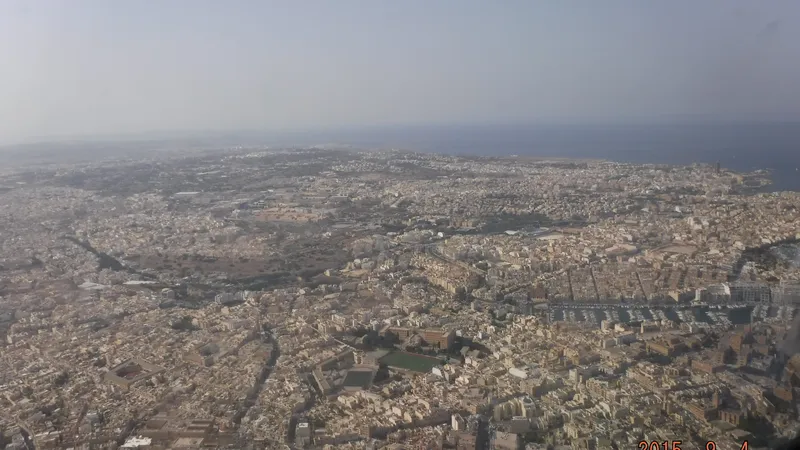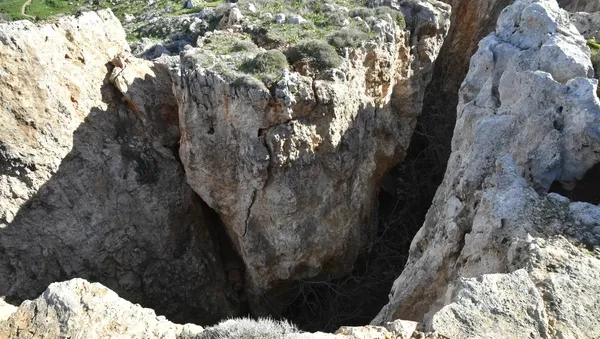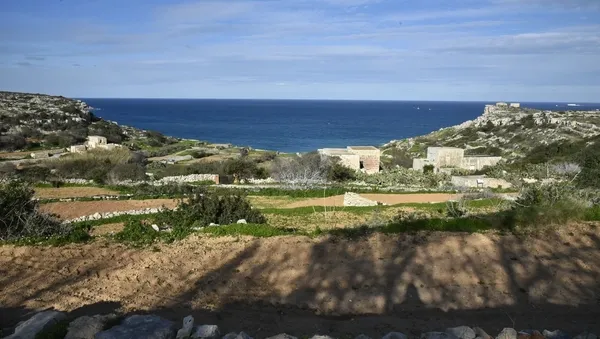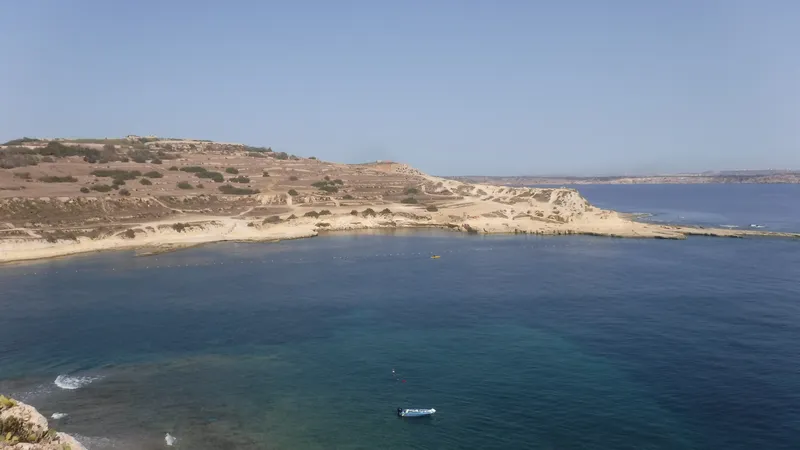Islet or Island Environment
Geographical and Geological Features
Ecological Importance
Cultural and Historical Significance
Environmental Threats
Conservation Efforts
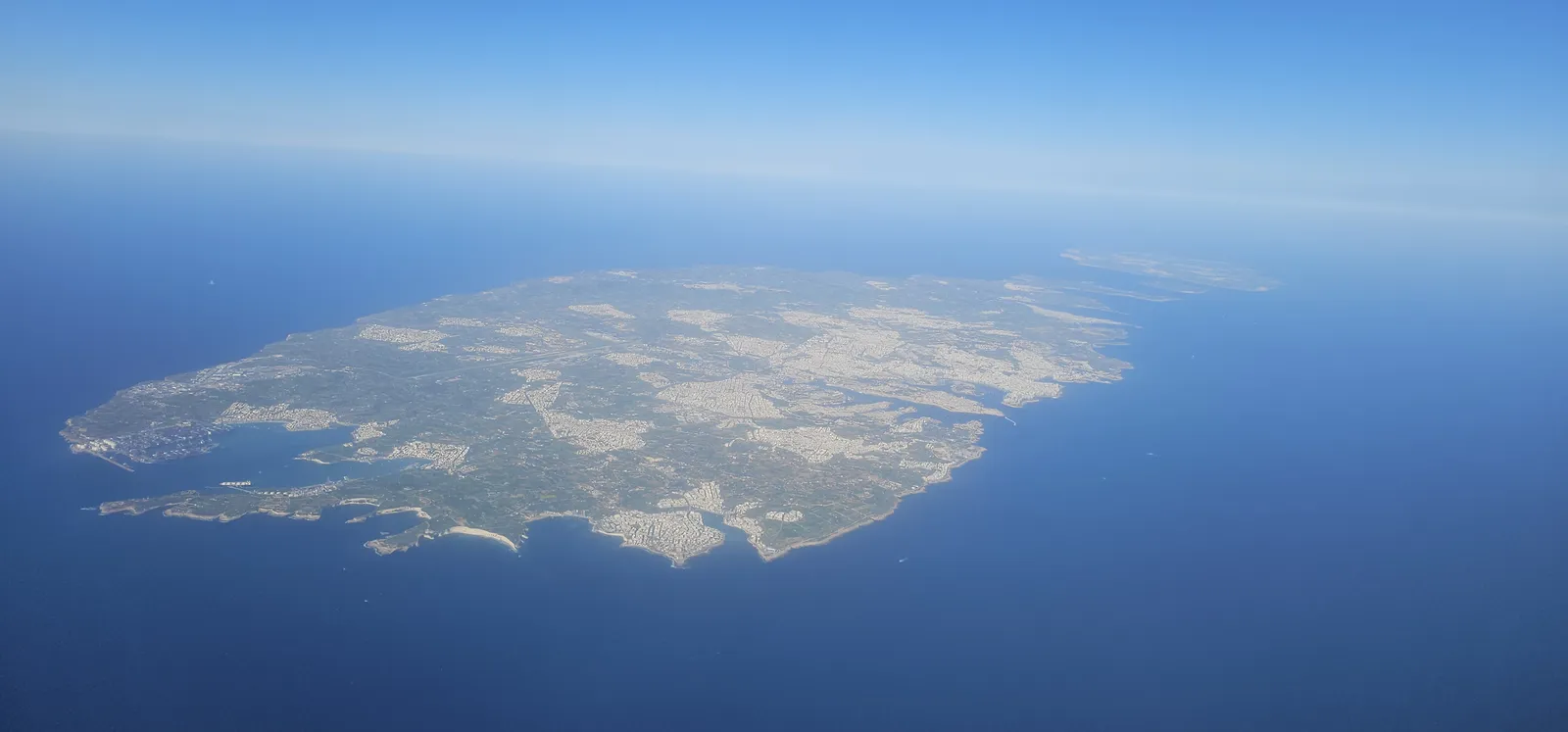
Aerial view of the Maltese Islands. Copyright © 2025 Stephen Yardley
The islet and island environment of the Maltese archipelago, though small in area, holds immense value in terms of biodiversity, natural beauty, cultural significance, and scientific interest. These remote and rugged landforms serve as vital refuges for rare species and contribute to the ecological health of the wider Mediterranean region. Their continued protection through careful management, research, and education is essential to ensuring that these unique parts of Malta’s natural heritage endure for generations to come.
Environments
Indepth reading, follow the links:
The islet or island environment of the Maltese archipelago encompasses not only the main islands of Malta, Gozo, and Comino, but also several smaller islets such as Filfla, St. Paul’s Islands, Cominotto, and Fungus Rock. Though small in size, these islets hold significant ecological, geological, and cultural value. They serve as important habitats for rare and endemic species, refuges for seabird colonies, and contribute to the overall biodiversity of the Maltese Islands.
Geologically, these landforms are composed primarily of limestone, shaped over millennia by erosion and tectonic processes. Their isolation has allowed for the evolution and preservation of unique plant and animal life. For instance, Filfla, which is completely uninhabited and off-limits to the public, is home to the Maltese wall lizard (Podarcis filfolensis filfolensis) and hosts breeding populations of storm petrels. Fungus Rock, located off Gozo, is historically renowned for the medicinal plant Cynomorium coccineum or "Maltese Fungus," once highly valued by the Knights of St. John.
Ecologically, these islets are classified as Special Areas of Conservation (SACs) or Special Protection Areas (SPAs) under EU Natura 2000 directives, reflecting their importance in European biodiversity frameworks. Their rugged, often inaccessible nature makes them ideal nesting sites for seabirds and refuges for species threatened by predators or human disturbance on the main islands. Marine life surrounding these islets is also rich and diverse, with Posidonia seagrass beds and coral formations found in adjacent waters.
Despite their remote and protected status, the islet environments are not free from threats. Marine pollution, particularly plastic and oil spills, affects surrounding waters and wildlife. Illegal activities such as fishing, anchoring, or unauthorized visits can disturb sensitive species and habitats. Climate change further threatens these environments through rising sea levels and changing weather patterns, which may erode coastlines and alter ecosystems.
Malta has taken steps to protect these areas through strict access regulations, scientific monitoring, and inclusion in national conservation strategies. Public awareness campaigns have also highlighted the ecological importance of these islets and their role in Malta’s natural heritage.
In conclusion, the islet and island environments of the Maltese archipelago, though small and often overlooked, play a critical role in preserving the nation’s natural diversity. Their ecological uniqueness, cultural history, and vulnerability demand continued protection, research, and sustainable management to ensure these fragile ecosystems endure for future generations.
Geographical and Geological Features
The islets of Malta are typically composed of limestone, the dominant rock type across the archipelago. Over millions of years, erosion, sedimentation, and tectonic activity have created these rugged, isolated features. Most of the islets are steep, rocky, and devoid of freshwater sources, which limits human use but contributes to their ecological significance.
Some notable islets include:
- Filfla – An uninhabited, flat-topped islet located south of Malta, known for its strict conservation status.
- Fungus Rock (Il-Ġebla tal-Ġeneral) – A limestone outcrop off the coast of Gozo, once protected for its rare medicinal plant.
- St. Paul’s Islands – Associated with the biblical shipwreck of St. Paul, located off the coast of Buġibba.
- Cominotto – A small islet near Comino, forming part of the iconic Blue Lagoon.
These islets vary in size, accessibility, and ecological sensitivity, but all contribute to Malta’s maritime landscape and natural diversity.
Ecological Importance
The islet environment is critically important for biodiversity conservation. Due to their isolation, these islets have become safe havens for species that are rare or vulnerable on the larger islands. Among the most significant are:
- The Maltese wall lizard (Podarcis filfolensis), which has several subspecies endemic to different islets, such as those on Filfla and Fungus Rock.
- Seabird colonies, including the Yelkouan Shearwater, Scopoli’s Shearwater, and European Storm Petrel, which rely on the cliffs and caves of these islets for undisturbed breeding.
- Rare coastal plants, such as Cynomorium coccineum on Fungus Rock, historically considered valuable for medicinal purposes.
Surrounding marine habitats are also rich in life. Seagrass beds, corals, and sponge communities thrive in the waters near the islets, providing shelter and food for numerous marine organisms, including fish, mollusks, and crustaceans.
Cultural and Historical Significance
Many of Malta’s islets hold historical or cultural importance. St. Paul’s Islands are associated with the apostle Paul, who is believed to have been shipwrecked there around 60 A.D., a pivotal event in Malta’s Christian heritage. Fungus Rock was guarded closely by the Knights of St. John, who believed a rare plant growing there (known as the Maltese Fungus) had powerful healing properties.
These stories, combined with the scenic beauty of the islets, make them part of Malta’s cultural landscape as well as its natural heritage.
Environmental Threats
Despite their small size and relative inaccessibility, Malta’s islets face several environmental threats, including:
- Pollution – Marine litter, oil spills, and chemical contaminants can reach islet ecosystems and impact wildlife.
- Climate change – Rising sea levels, changing weather patterns, and increased storm intensity threaten both terrestrial and marine habitats.
- Human disturbance – Unauthorized visits, illegal fishing, and boat traffic can damage fragile ecosystems, especially during bird nesting seasons.
- Invasive species – Introduction of non-native plants or animals can disrupt the delicate balance of these isolated environments.
Because these islets are so small and specialized, even minor disruptions can have a significant impact on their ecosystems.
Conservation Efforts
Recognizing the ecological value of its islets, Malta has designated several of them as protected areas. For example:
- Filfla is designated as a Nature Reserve, with access restricted to scientific research and special permits.
- Many islets are included in Natura 2000 sites, a European Union network aimed at protecting habitats and species of importance.
- Fungus Rock is managed as part of the Dwejra Heritage Park, where access and activities are carefully controlled.
The Maltese government, NGOs, and scientific communities have also undertaken monitoring programs, habitat restoration projects, and public awareness campaigns to protect these delicate environments.
